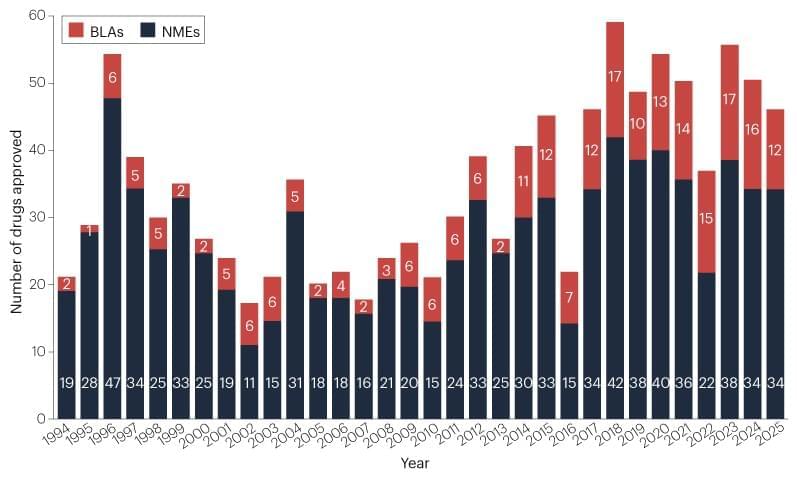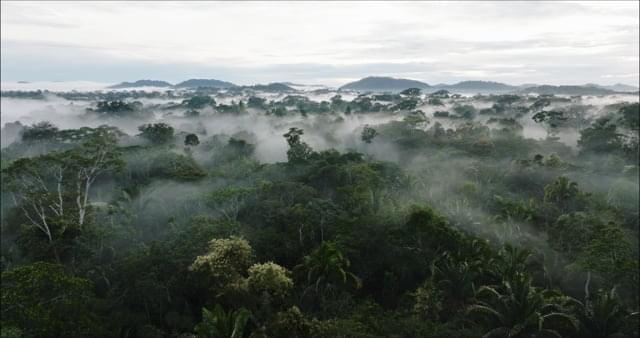A new Medicare study reveals that neurologists generate substantially more downstream revenue when treating common neurologic conditions than non-neurologists, mainly because neurologists use more in-depth diagnostics and treatment strategies.
Neurologists generate significantly greater downstream revenue while treating common neurologic diseases than non-neurologist physicians, underscoring their clinical and financial importance to health systems, an analysis shows.
The report, published in October in Neurology Clinical Practice, revealed that neurologist-led care generated up to 519 percent more downstream revenue than non-neurologists did, adding approximately $180 million to downstream revenue totals. For autoimmune neuromuscular diseases alone, neurologist-led care generated $58.7 million in downstream revenue compared to $9.5 million from non-neurologists. This increased revenue, experts note, translates to better outcomes for patients with neurologic conditions.








